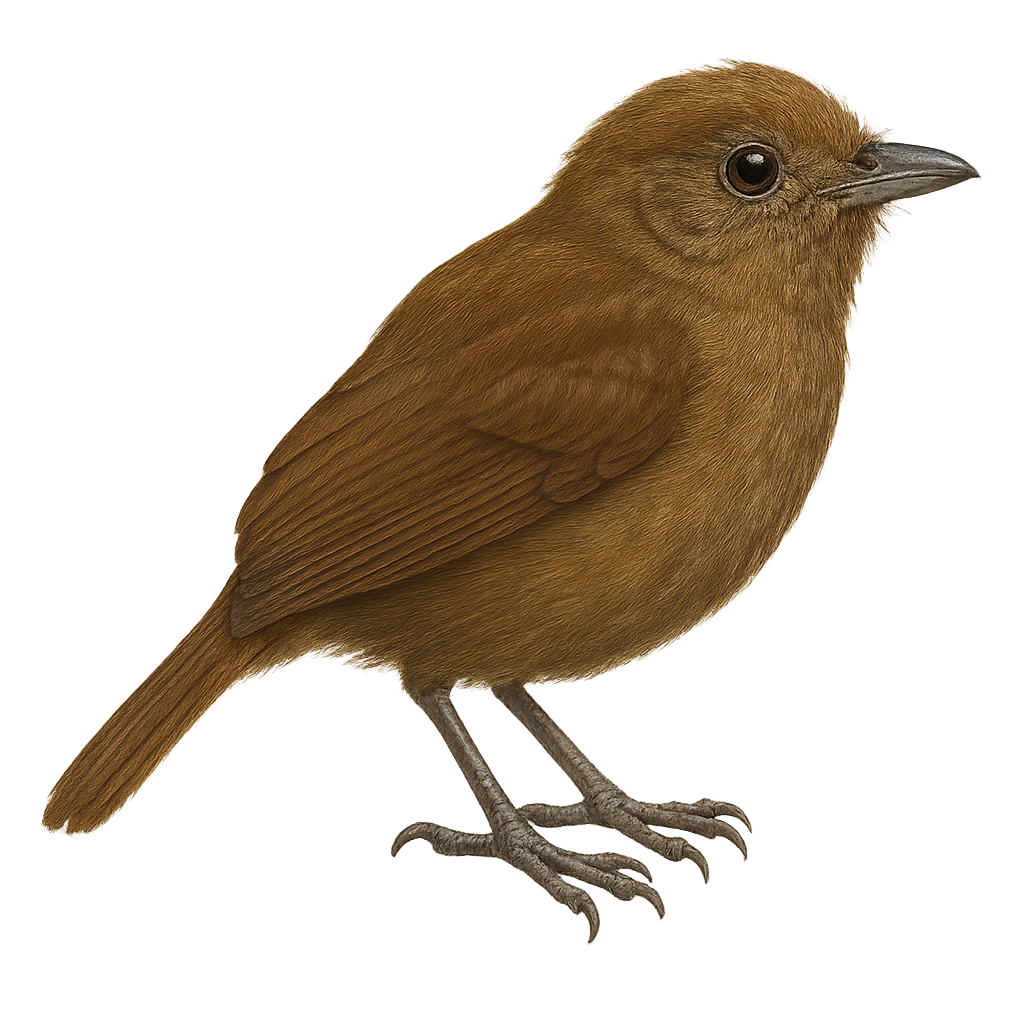Your wildlife photography guide.
Explore the brown schiffornis in detail, study its behavior, prepare your shots.
Where to observe and photograph the brown schiffornis in the wild
Learn where and when to spot the brown schiffornis in the wild, how to identify the species based on distinctive features, and what natural environments it inhabits. The WildlifePhotographer app offers tailored photography tips that reflect the brown schiffornis’s behavior, helping you capture better wildlife images. Explore the full species profile for key information including description, habitat, active periods, and approach techniques.
Brown Schiffornis
Scientific name: Schiffornis veraepacis

IUCN Status: Least Concern
Family: TITYRIDAE
Group: Birds
Sensitivity to human approach: Suspicious
Minimum approach distance: 10 m
Courtship display: April to June
Incubation: 18-20 jours
Hatchings: May to July
Habitat:
Humid tropical forests, secondary forests, forest edges
Activity period :
Primarily active during the day, with peak activity in the morning and late afternoon.
Identification and description:
The Brown Schiffornis is a discreet and mysterious bird, often difficult to spot due to its reserved behavior. It primarily inhabits the humid tropical forests of Central America, notably in Guatemala and Honduras. This medium-sized bird has a uniform brown plumage that allows it to blend into its surroundings. Its melodious and enchanting song is often the first clue to its presence. It feeds mainly on insects and fruits, which it captures by moving slowly through the canopy. Although its habitat is threatened by deforestation, the Brown Schiffornis remains relatively common in protected areas.
Recommended lens:
400 mm – adjust based on distance, desired framing (portrait or habitat), and approach conditions.
Photography tips:
To photograph the Brown Schiffornis, it is advisable to use a 400mm or longer telephoto lens to capture precise details without disturbing the bird. Look for areas where its song is audible, as it is often easier to hear than to see. Be patient and wait for it to move slowly through the canopy. The best lighting conditions are usually early in the morning or late in the afternoon. Use a tripod to stabilize your camera and achieve sharp images.
The WildlifePhotographer App is coming soon!
Be the first to explore the best nature spots, track rutting seasons, log your observations, and observe more wildlife.
Already 1 439 wildlife lovers subscribed worldwide

